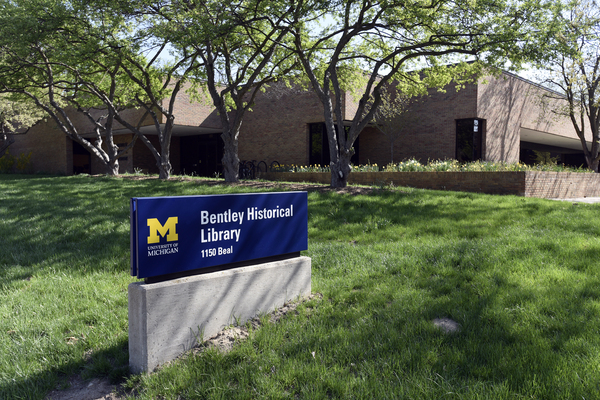The Salling and Hanson records on microfilm begin with a series of ledger books, complete from 1881 to 1923, except for one volume which was missing. All of the company's financial transactions were transferred to the ledgers (which are arranged by accounts), making them the most complete records of company business. The journals and lumber journals (arranged chronologically) provide records of daily operations. Since these transactions were eventually recorded in the ledgers, only sample years of the journals and lumber journals were preserved. For both series, all records of even numbered years were microfilmed, including records for 1881, the earliest year for which Salling, Hanson records exist. The lumber journals may be of particular interest, since they indicate the amounts of various types of lumber produced and sold. An entire series of time books (1891-1907) was filmed, giving payroll accounts of Salling, Hanson employees. One petty accounts ledger (1917-1927) and one tax record book (1881-1891) complete the Selling, Hanson Company microfilm edition. Records preserved in the original form include 5 index volumes for the time books, trial balances, records of total lumber shipped, and annual reports of two subsidiary companies. In addition, two color-coded surveyor's books and three volumes of daily operations records (containing the only narrative material in the collection) have been preserved in the original.
More than half of the Salling, Hanson records were discarded. In addition to alternate years of the journals and lumber journals, several series of records were entirely discarded. Day books and cash books were discarded because information recorded in them was duplicated in the journals and ledgers. Merchandise ledgers and cash books for the Salling, Hanson Company store were discarded, along with lumber order books and a few miscellaneous volumes.
The Salling, Hanson microfilm series concludes with records of several companies with which Rasmus Hanson was affiliated. Hanson Lumber Company records (1901-1907) consist of one ledger and one journal. R. Hanson and Sons records (1909-1912) consist of a record of cars received. Hanson Land Company records (1914-1927) consist of ledgers, journals, and log records. Grayling Box Company records (1918-1943) consist of journals, sales journals, and payroll books. Finally, Grayling Hotel records (1916-1936) consist of ledger and journal books.
The microfilm edition of Salling, Hanson and Company's business records was the second project in the microfilm program of the Michigan Historical Collection. The intent of this program was to sort and arrange, catalog, and then microfilm the library's extensive collection of Michigan lumber company records. The Salling, Hanson Collection, which began as more than 240 weighty volumes of financial data, has been reduced to 44 reels of microfilm, 2 linear feet of records, and one oversized volume. The library retained some original material, including trial balances, annual reports, color-coded books, and three Record of Daily Operations books. The remaining records, by far the largest part of the collection, were sampled and microfilmed, and the original volumes then discarded. The history of this lumber company microfilm program, especially the rationale for its sampling technique, has been fully described in an article in the American Archivist (Jan. 1976) by Larry Steck and Francis Blouin.
In preparing digital material for long-term preservation and access, the Bentley Historical Library adheres to professional best practices and standards to ensure that content will retain its authenticity and integrity. For more information on procedures for the ingest and processing of digital materials, please see Bentley Historical Library Digital Processing Note. Access to digital material may be provided either as a direct link to an individual file or as a downloadable package of files bundled in a zip file.
